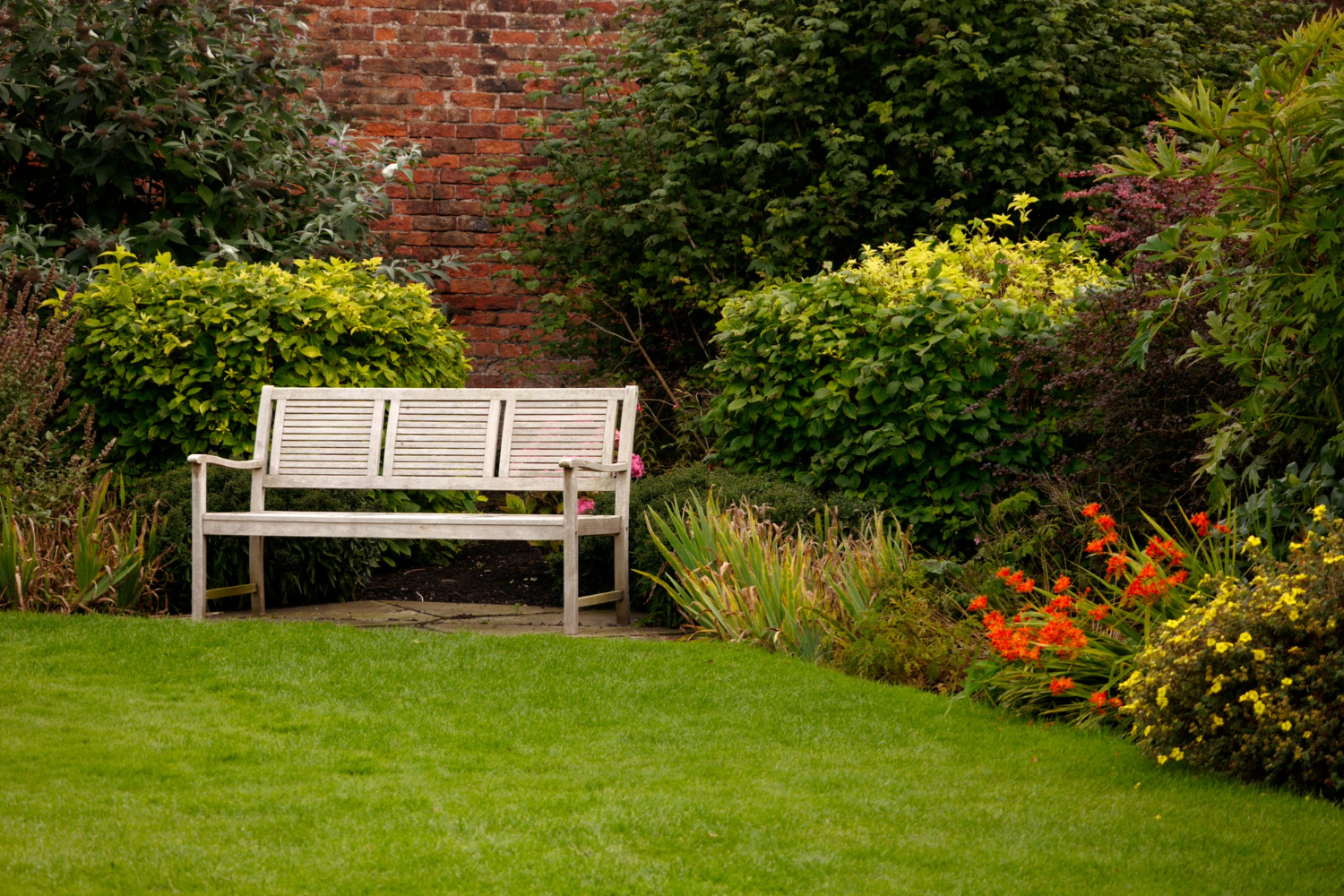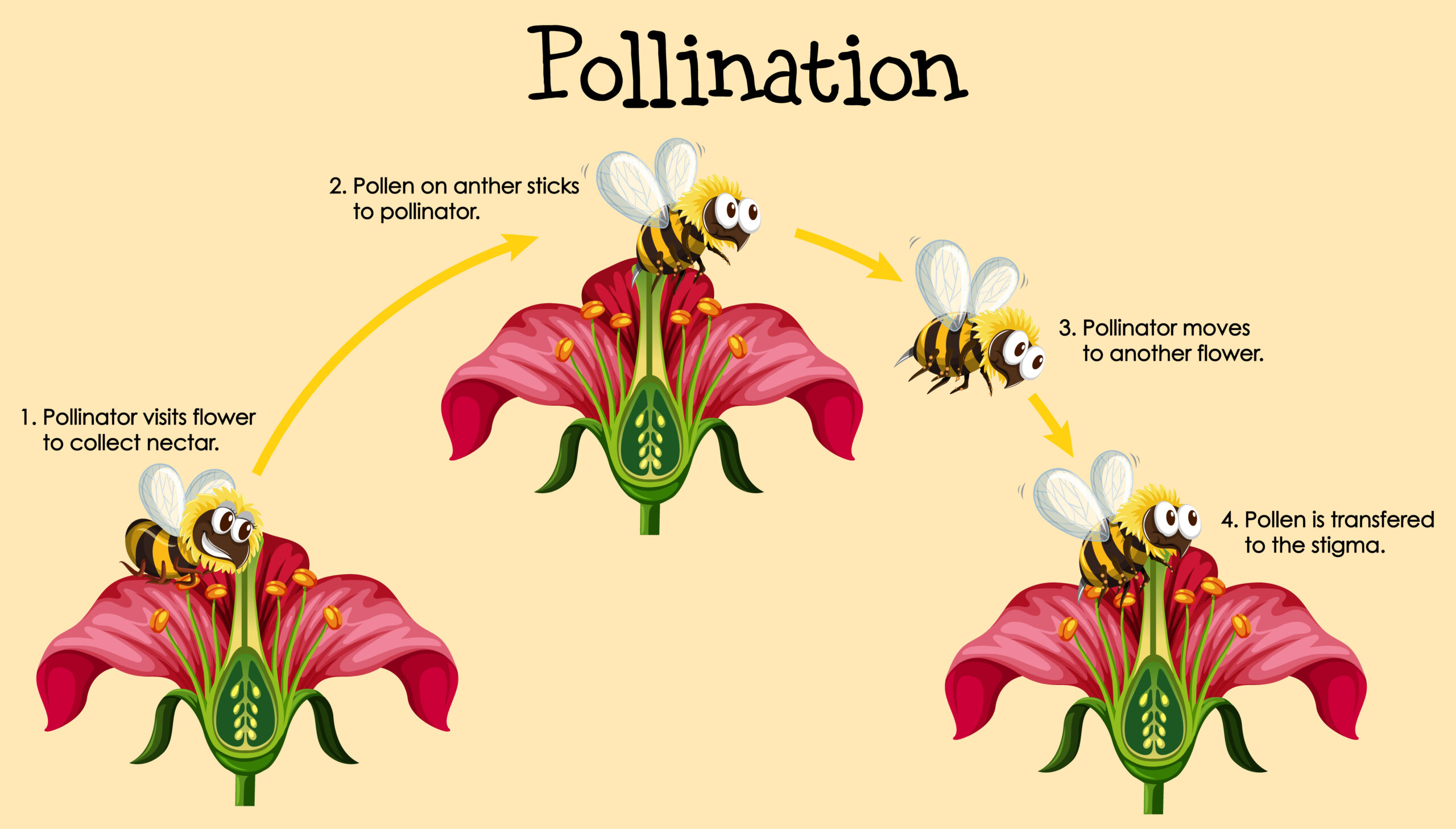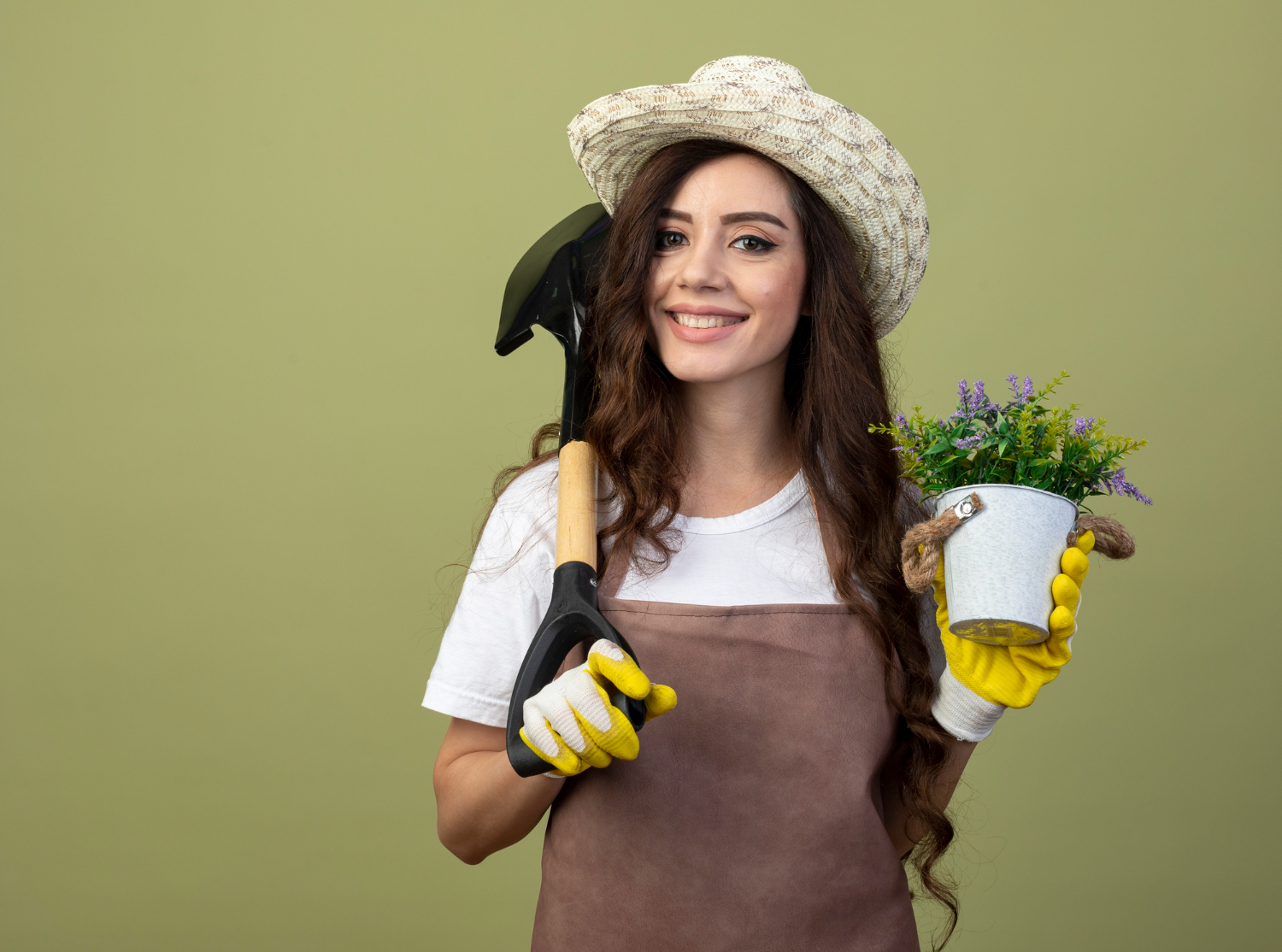Looking to create a lush and inviting backyard oasis? Home gardening is a great way to transform your outdoor space into a beautiful and functional retreat.
Whether you’re a seasoned gardener or a beginner, with the right tools and knowledge, you can create a backyard oasis that you’ll love spending time in.
Assessing your backyard for gardening is the first step in creating your oasis. You’ll need to consider factors such as the size and shape of your yard, the amount of sunlight it receives, and the type of soil you have.
Once you have a good understanding of your yard’s characteristics, you can choose the right plants for your garden and start preparing your soil for planting. With a little love and care, you’ll be on your way to a backyard oasis that you can enjoy for years to come.
Assessing Your Backyard for Gardening
Before you start digging in the dirt, take a gander at your backyard to make sure it’s the bee’s knees for growing your own produce.
The first thing you need to consider is the garden design. Take a walk around your backyard and figure out where you want your garden to be located. Do you want it to be in a sunny spot or a shady spot? Is there enough space for the garden to grow?
Once you have a general idea of where you want your garden to be, it’s time to assess the soil. Soil testing is essential to ensure that your garden will thrive. You can purchase a soil testing kit online or at your local garden center. The kit will help you determine the pH level of your soil, which is crucial for growing healthy plants.
If the pH level is too high or too low, you will need to add amendments to your soil to adjust the pH level. Once you have determined the pH level, you can start preparing the soil by adding compost or other organic matter to improve its fertility.
By taking the time to assess your backyard and test the soil, you can ensure that your garden will be successful and provide you with fresh produce all season long.
Choosing the Right Plants for Your Garden
You’ll want to carefully consider which plants will thrive in the environment you’re working with, taking into account factors such as soil type, sun exposure, and climate.
If you have limited space, container gardening may be the way to go. Choose plants that don’t mind being in close quarters, such as herbs, lettuce, or cherry tomatoes.
If you have a larger space, consider companion planting. This is when you plant different types of plants together that have a symbiotic relationship. For example, planting tomatoes and basil together can be beneficial, as the basil repels pests that would harm the tomatoes. Research which plants work well together before choosing what to plant in your garden.
Remember, when selecting plants, it’s important to take into account how much maintenance you’re willing to do. Some plants require more attention than others, and if you’re not up for daily watering or pruning, choose plants that are low maintenance.
By choosing the right plants for your garden, you’ll be setting yourself up for success and a beautiful backyard oasis.
Preparing Your Soil for Planting
Get your hands dirty and prepare your soil for planting by following these essential tips.
First and foremost, it’s crucial to test your soil before planting anything. You can easily do this by purchasing a soil testing kit or by sending a sample to a local lab. This will tell you the pH balance of your soil, as well as the nutrients and minerals that it may be lacking.
Once you know the condition of your soil, you can take the necessary steps to amend it. One of the best ways to improve your soil is through composting techniques. Composting involves creating a nutrient-rich mixture of organic matter, such as food scraps, leaves, and grass clippings.
This mixture can then be added to your soil to improve its overall fertility and structure. You can either create your own compost bin or purchase compost from a local garden center. By incorporating compost into your soil, you’re not only helping your plants grow, but also reducing waste and promoting sustainability.
Caring for Your Plants and Maintaining Your Garden
Now that your soil is prepared, it’s time to get your green thumb on and start caring for your plants to maintain a flourishing garden.
One of the most crucial aspects of plant care is watering techniques. Different plants require different amounts of water, so it’s essential to research the specific needs of each plant in your garden. A general rule of thumb is to water plants deeply and less frequently, rather than shallowly and often. This helps the roots grow deep into the soil, making them more resilient to drought conditions. Also, consider watering your plants early in the morning or late in the evening when the temperature is cooler to reduce water evaporation.
Another crucial aspect of maintaining a healthy garden is pest control measures. Pests such as aphids, snails, and slugs can wreak havoc on your plants, causing damage or even death. Regularly inspect your plants for any signs of infestation, such as holes in leaves or yellowing foliage, and take immediate action.
There are many organic and chemical options for pest control, so choose the one that is best suited for your garden and plants. Remember to read and follow the instructions carefully, as improper use of chemicals can harm both your plants and the environment.
With proper watering techniques and pest control measures, you can ensure a thriving and beautiful garden.
Adding Personal Touches to Your Backyard Oasis
Adding personal touches to your outdoor space can transform it into a cozy retreat where you can escape from the world and enjoy the beauty of nature.
One of the easiest ways to enhance your backyard oasis is by installing outdoor lighting. You can choose from a variety of options such as solar-powered lights, string lights, and lanterns. Solar-powered lights are great for the environmentally conscious, while string lights and lanterns add a touch of whimsy and romance to your space.
Not only do outdoor lights make your space look beautiful, but they also provide safety and security by illuminating walkways and highlighting potential hazards.
Another way to add personal touches to your backyard oasis is by incorporating DIY projects. DIY projects are a fun and cost-effective way to create unique and personalized elements in your outdoor space. You can create your own outdoor furniture, planters, and even a garden trellis.
There are many online tutorials and guides available that can help you get started. Not only will DIY projects add character to your space, but they also allow you to express your creativity and showcase your personality.
So, roll up your sleeves and get ready to create a backyard oasis that’s uniquely yours!
Conclusion
In conclusion, creating a backyard oasis through home gardening can be a fulfilling and rewarding experience.
Remember to assess your backyard for gardening, choose the right plants for your garden, prepare your soil for planting, and care for your plants and maintain your garden.
Adding personal touches to your backyard oasis can make it unique and special.
By taking the time to assess your backyard for gardening, you can ensure that your plants will thrive in their new environment.
Choosing the right plants for your garden is critical to their success, so be sure to research and select plants that are suitable for your climate and soil.
Preparing your soil for planting is a crucial step in ensuring that your plants have the nutrients they need to grow.
Caring for your plants and maintaining your garden is an ongoing process that requires time and dedication, but the rewards are well worth the effort.
Finally, adding personal touches to your backyard oasis can make it a place of beauty and relaxation that you and your loved ones can enjoy for years to come.









